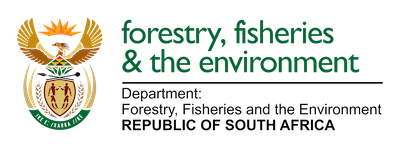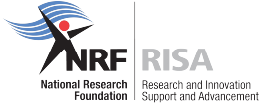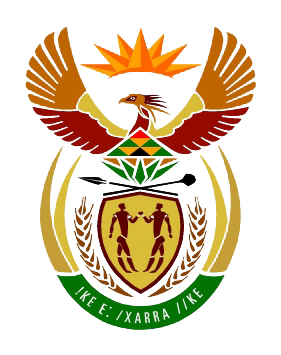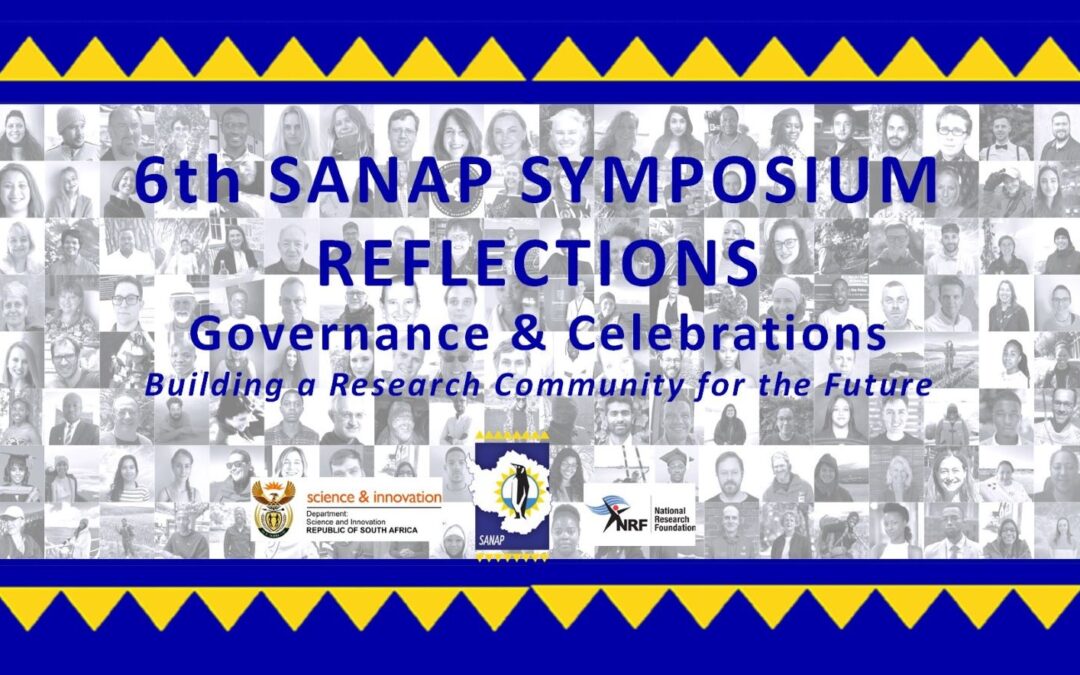
by Ria Olivier | Mar 8, 2024 | Research, SANAP, SANAP Student, Science
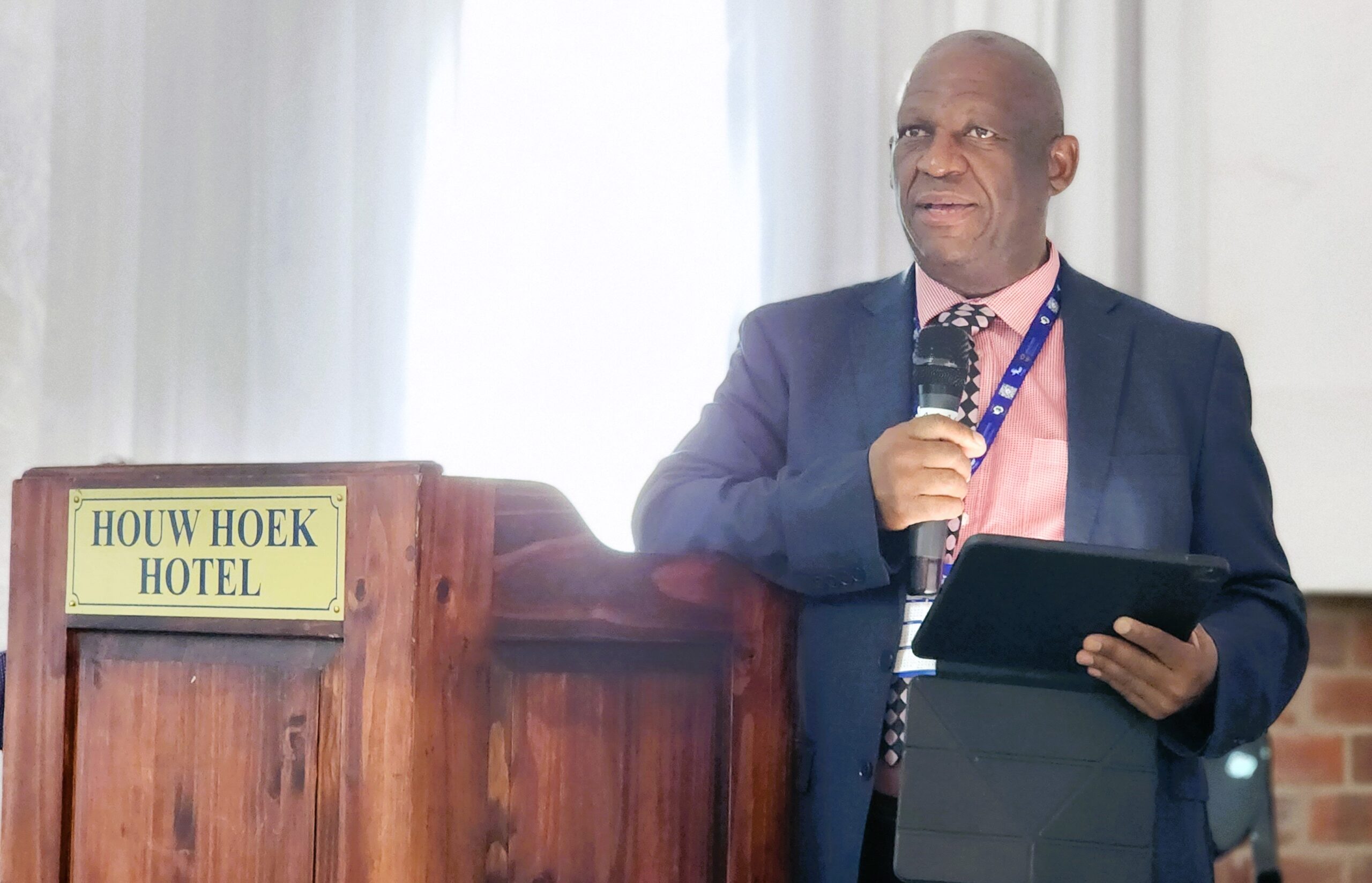 During the 6th SANAP symposium, time was allocated for the presentation of governance issues, and this was done on the first day during the opening ceremony. Dr Gilbert Siko , the Director of Marine & Polar Research at the Department of Science and Innovation gave the first presentation. His role within the Research Development and Support Programme it is to promote the development of research, the production of scientific knowledge, and human capital development in science areas in which South Africa enjoys a geographic advantage, that includes Antarctic and marine research. Dr Siko highlighted the strategic importance of the research conducted through the South African National Antarctic Programme.
During the 6th SANAP symposium, time was allocated for the presentation of governance issues, and this was done on the first day during the opening ceremony. Dr Gilbert Siko , the Director of Marine & Polar Research at the Department of Science and Innovation gave the first presentation. His role within the Research Development and Support Programme it is to promote the development of research, the production of scientific knowledge, and human capital development in science areas in which South Africa enjoys a geographic advantage, that includes Antarctic and marine research. Dr Siko highlighted the strategic importance of the research conducted through the South African National Antarctic Programme.
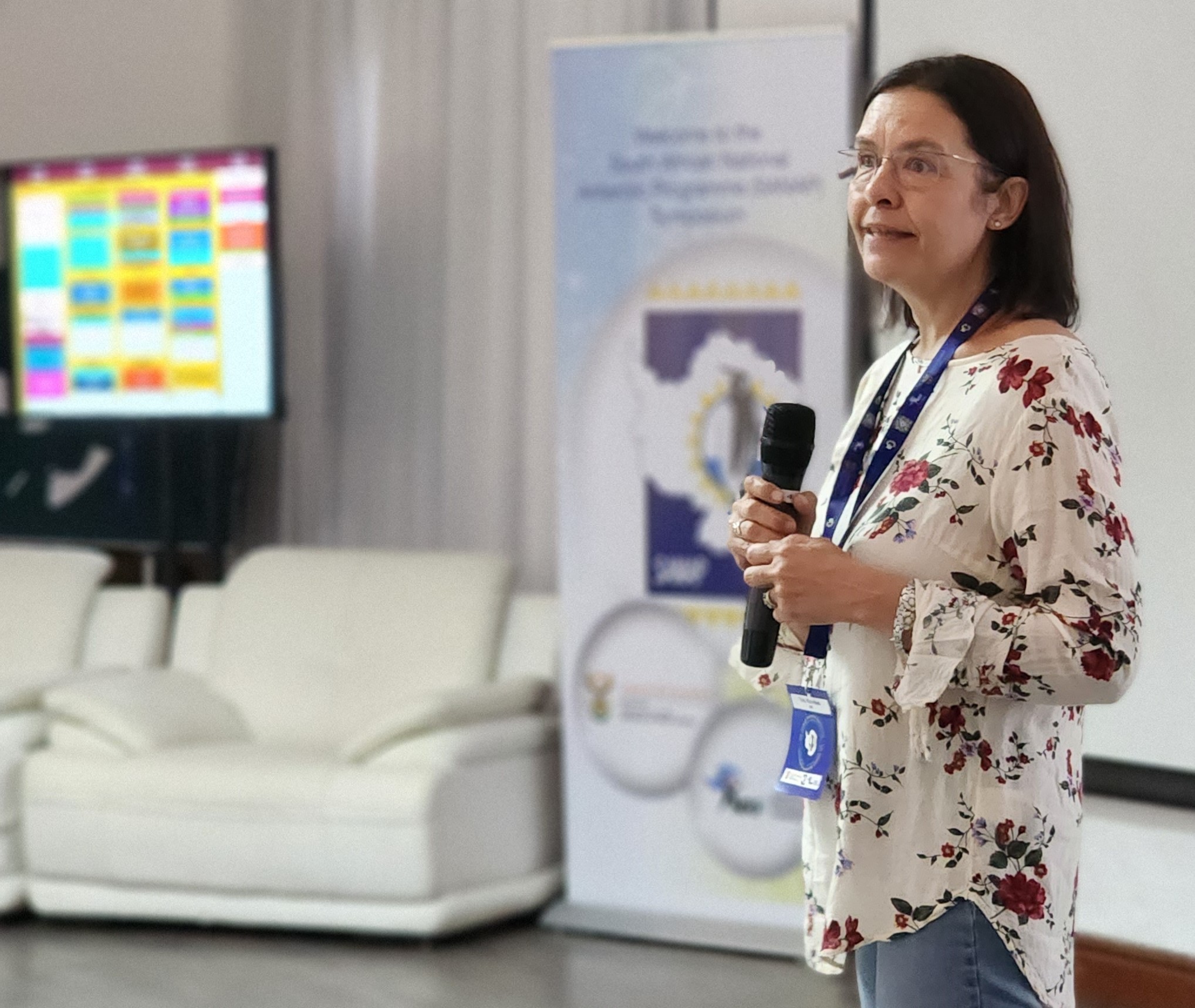 Dr Siko was followed by Tracy Klarenbeek, Director of Knowledge Advancement and Support of the National Research Foundation (NRF). She highlighted that create innovative funding instruments such as SANAP serve to transform the scientific landscape and inspire a representative research community to aspire to global competitiveness. She shared the outcomes of the 2023 SANAP Call for Proposals for funding cycle 2024 – 2026 with the community. She also mentioned that mentorship initiatives for unsuccessful applicants would be implemented via SAPRI.(right)
Dr Siko was followed by Tracy Klarenbeek, Director of Knowledge Advancement and Support of the National Research Foundation (NRF). She highlighted that create innovative funding instruments such as SANAP serve to transform the scientific landscape and inspire a representative research community to aspire to global competitiveness. She shared the outcomes of the 2023 SANAP Call for Proposals for funding cycle 2024 – 2026 with the community. She also mentioned that mentorship initiatives for unsuccessful applicants would be implemented via SAPRI.(right)
Dr Siko was followed by Tracy Klarenbeek, Director of Knowledge Advancement and Support of the National Research Foundation (NRF). She highlighted that create innovative funding instruments such as SANAP serve to transform the scientific landscape and inspire a representative research community to aspire to global competitiveness. She shared the outcomes of the 2023 SANAP Call for Proposals for funding cycle 2024 – 2026 with the community. She also mentioned that mentorship initiatives for unsuccessful applicants would be implemented via SAPRI.
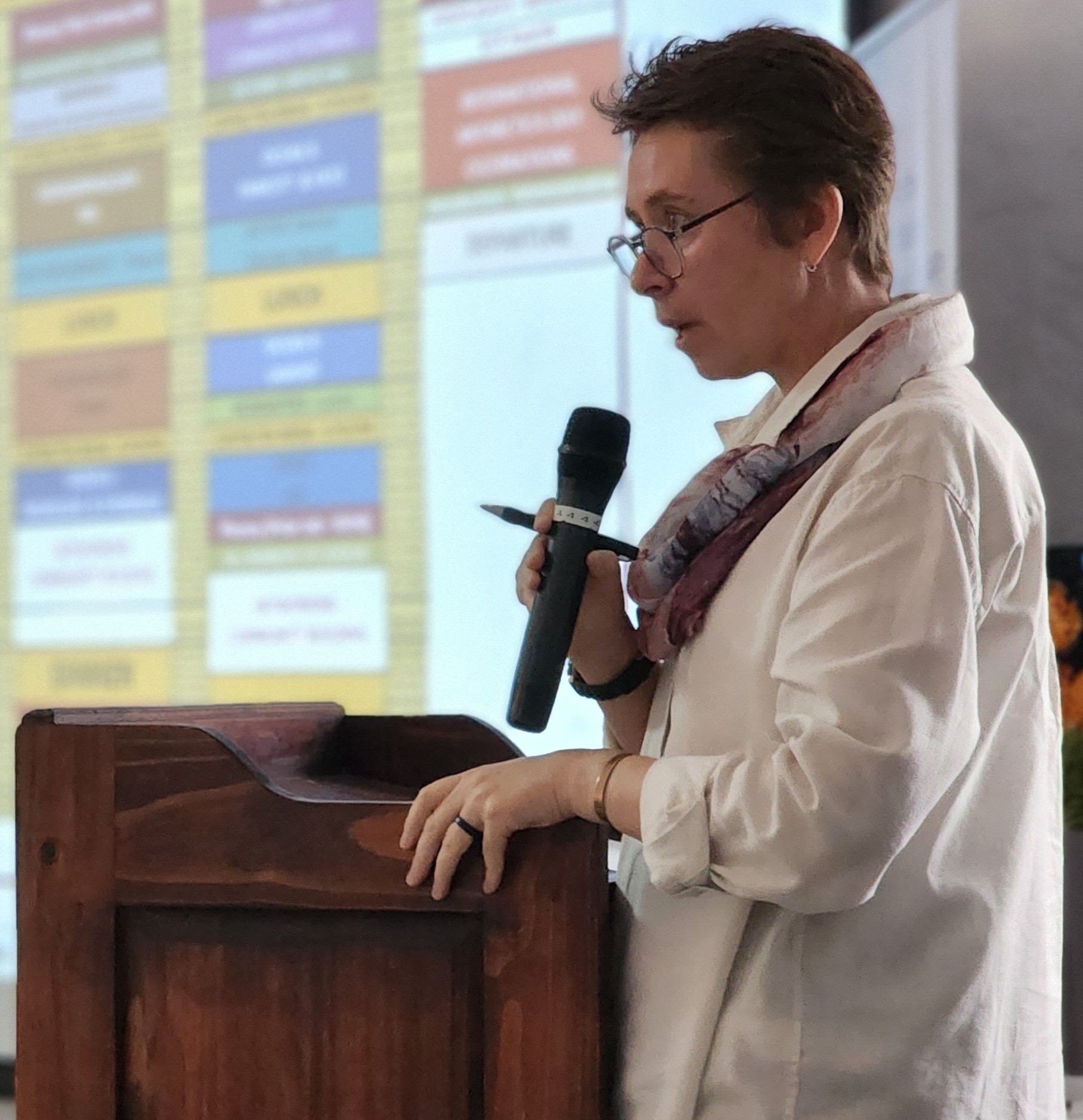
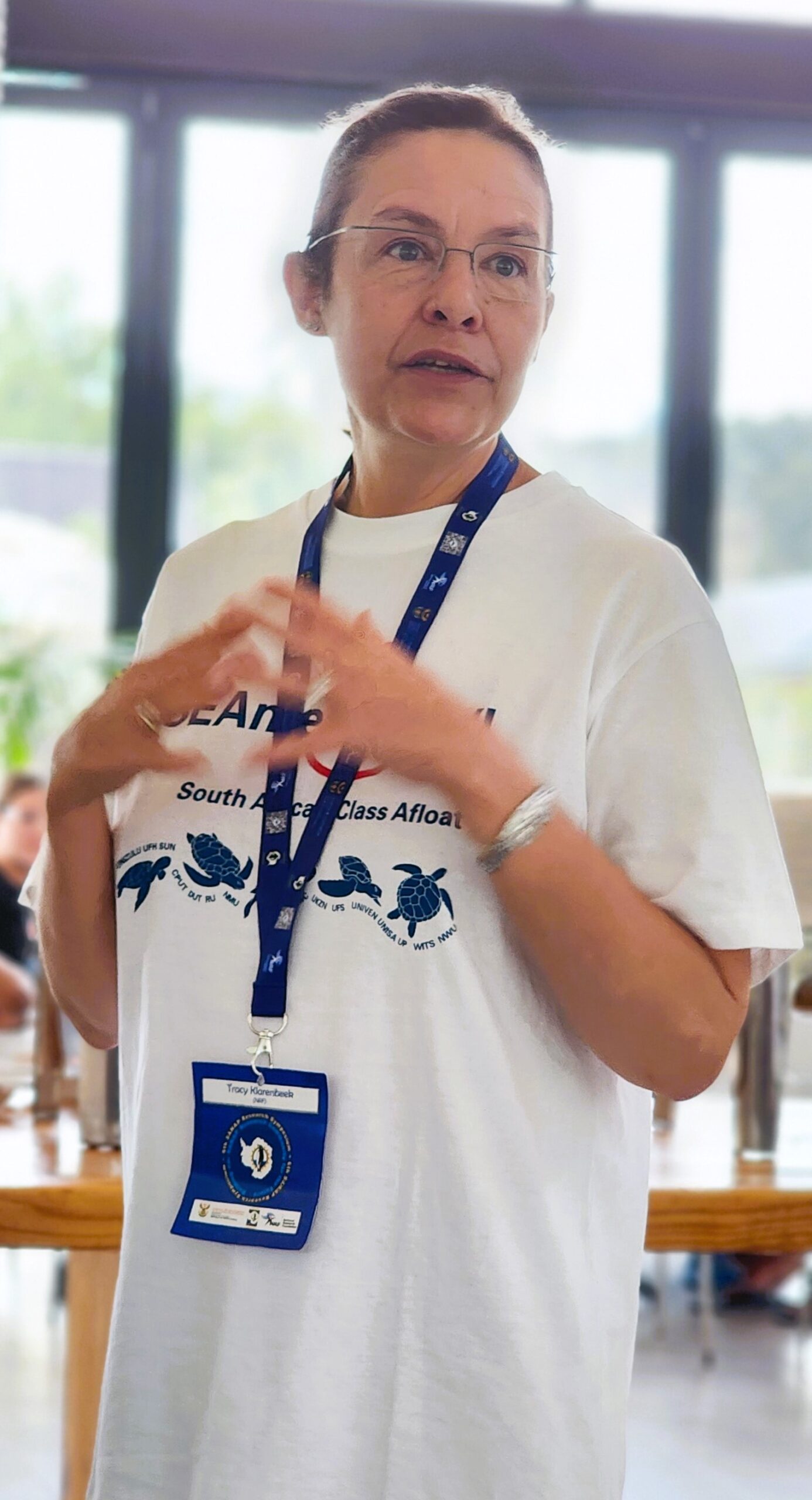 Prof Bettine van Vuuren (right), Chair of the South African National Committee for SCAR gave feedback on the committee meeting. She also highlighted the function and activities of SCAR and the importance to be informed of these activities, and to be aware of scholarship opportunities. She encouraged early career researchers to become involved in SCAR committees and action scholarships.
Prof Bettine van Vuuren (right), Chair of the South African National Committee for SCAR gave feedback on the committee meeting. She also highlighted the function and activities of SCAR and the importance to be informed of these activities, and to be aware of scholarship opportunities. She encouraged early career researchers to become involved in SCAR committees and action scholarships.
The highlight of the Symposium was the international Antarctic day celebrations where Tracy Klarenbeek (left)addressed all attendees during the closing ceremony with a heartfelt talk. All participants, old and new, were thanked for their participation in the Symposium and their dedication to the SANAP programme. Tracy Klarenbeek talk gave a personal perspective of administering the SANAP programme:
“by facilitating Antarctic and Southern Ocean research, and awarding student bursaries, it is evident that the work I do changes lives”.
The opportunity to access the Southern Ocean, Antarctica and the sub-Antarctic islands (Gough and the Prince Edward Islands) is limited to the lucky few, and the work of the National Research Foundation makes this a reality for researchers and students alike.
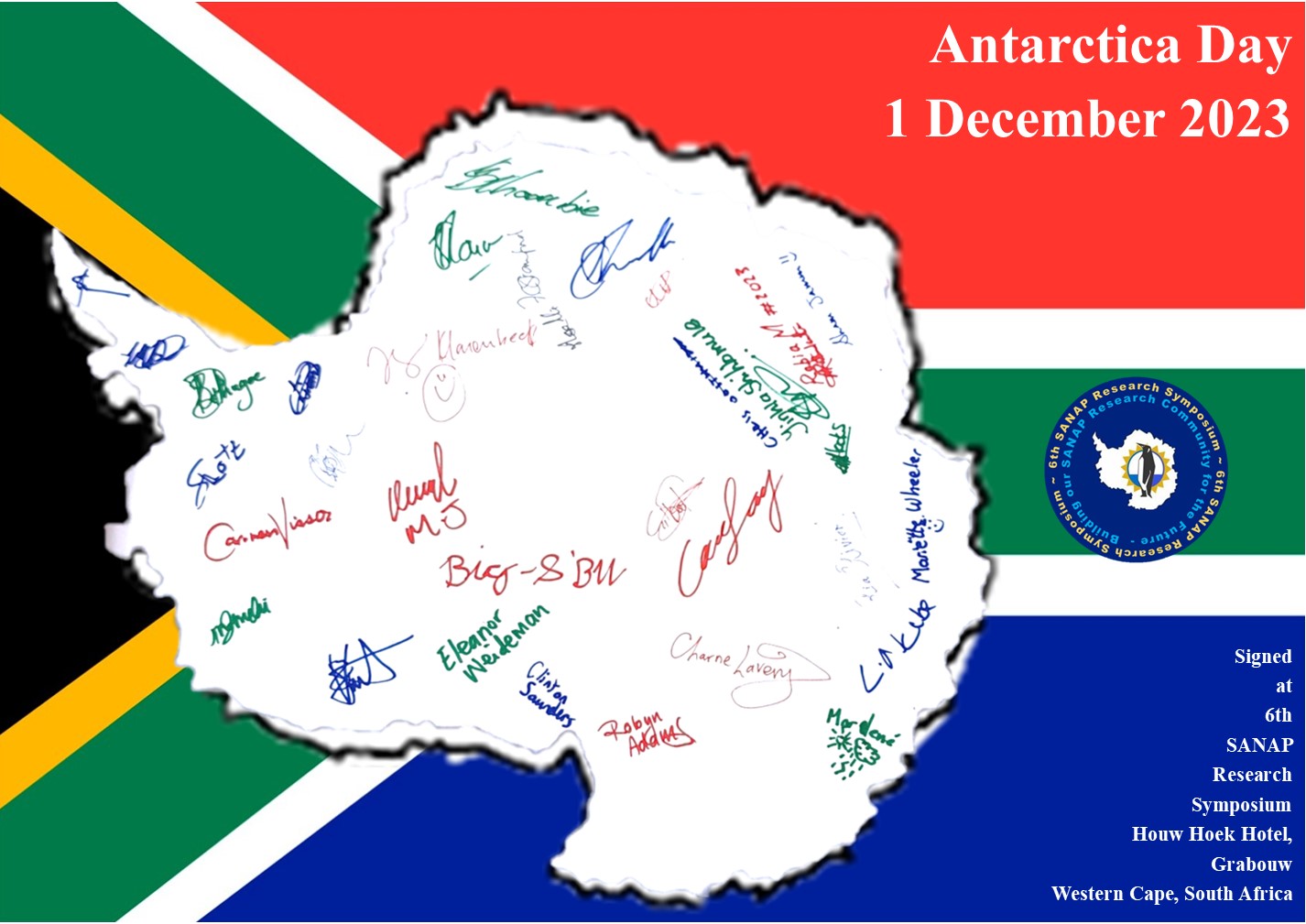 A printed Map of Antarctica was signed by everyone on International Antarctica Day 1st December 2023 at Houw Hoek Hotel!
A printed Map of Antarctica was signed by everyone on International Antarctica Day 1st December 2023 at Houw Hoek Hotel!
Speakers photos: credit Anche Louw – SA Polar Research Infrastructure/Antarctic Legacy of SA
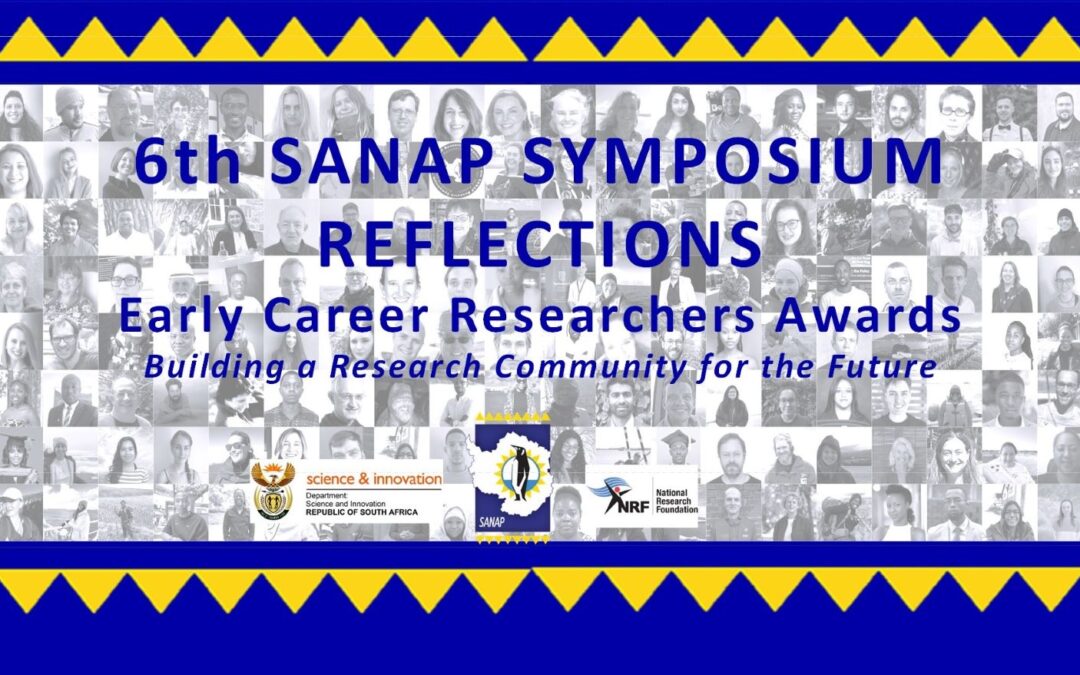
by Ria Olivier | Mar 6, 2024 | APECSSA, Research, SANAP, SANAP Student
 The Early Career Event at the SANAP symposium was a first for Early Career Researchers(ECR), but also for the first time during a SANAP symposium recognition was given for oral and poster presentations done by ECR’s. (above9l-r): Awardees – Joshua Tsamba, Saffiyah Moos, Ben Steyn, Stephni van der Merwe, Lillina Ruiters, Morgan Raath-Kruger)
The Early Career Event at the SANAP symposium was a first for Early Career Researchers(ECR), but also for the first time during a SANAP symposium recognition was given for oral and poster presentations done by ECR’s. (above9l-r): Awardees – Joshua Tsamba, Saffiyah Moos, Ben Steyn, Stephni van der Merwe, Lillina Ruiters, Morgan Raath-Kruger)
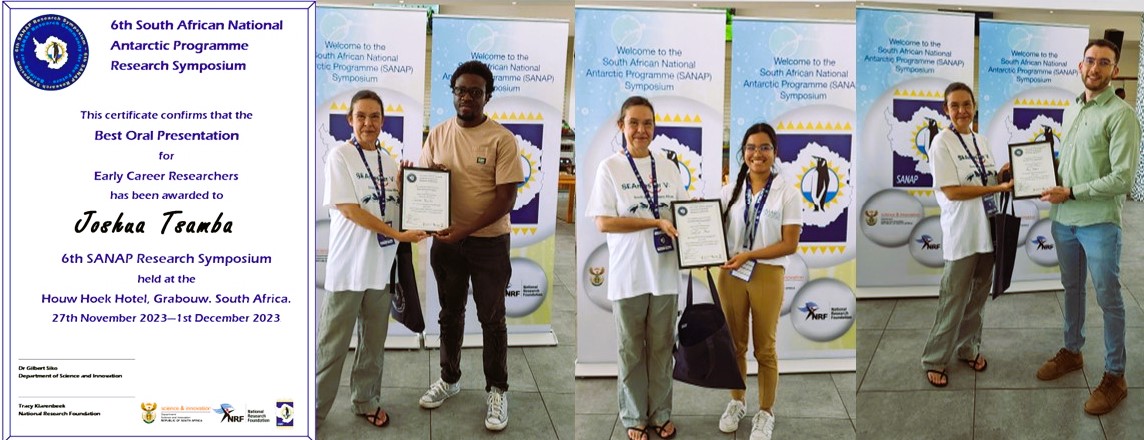 (l-r): Joshua Tsamba, Saffiyah Moos, Ben Steyn receiving their certificates
(l-r): Joshua Tsamba, Saffiyah Moos, Ben Steyn receiving their certificates
Oral Presentations:
- 1st Joshua Tsamba: The first record of fungal endophytes associated with the sub-Antarctic cushion plant, Azorella selago (Apiaceae) on Marion Island. PI – Dr Michele Greve (Abstract)
- 2nd Safiyyah Moos: Investigating the dynamics and exchanges across the ice-ocean interface in artificial sea ice. PI – Dr Tokoloho Rampai (Abstract)
- 3rd Ben Steyn: A Longitudinal Study of the Open-Water Performance of an Ice-Class Vessel. PI- Prof Annie Bekker (Abstract)
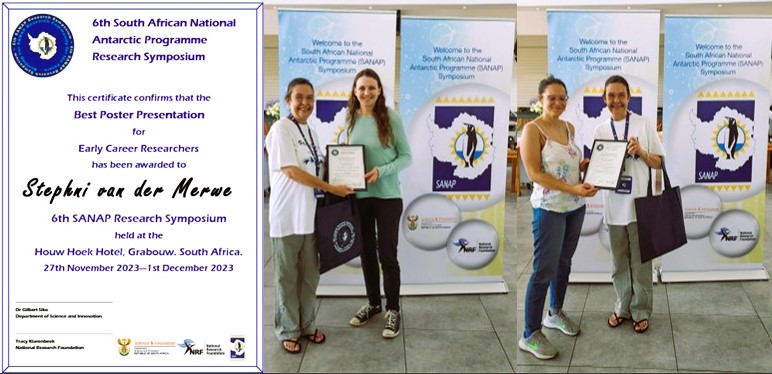 (l-r) Certificates handed to Stephni van der Merwe, Lillina Ruiters, Morgan Raath Kruger( had to leave before ceremony)
(l-r) Certificates handed to Stephni van der Merwe, Lillina Ruiters, Morgan Raath Kruger( had to leave before ceremony)
Poster Presentations:
- 1st Stephni van der Merwe: Long-term vegetation change (1965-2020) in response to rapid warming and drying in a sub-Antarctic tundra: evidence from repeat photography. PI – Dr Michelle Greve (Abstract)
- 2nd Lillina Ruiters: Variability of phytoplankton photo physiology in the Southern Ocean: an analysis of assumptions and uncertainties . PI- Dr Sandy Thomalla (Abstract)
- 3rd Morgan Raath- Kruger: Do anisotropic processes influence fine-scale spatial genetic structure of a keystone sub-Antarctic plant species? PI – Prof Peter Le Roux (Abstract)
The symposium was an opportunity for human capital development. It is supported by the government and a peer-reviewed research programme that will provide future opportunities for all young, early career and established researchers working in the Southern Ocean, Antarctica and Islands. The students had the opportunity to present their work to a wider audience either in an oral or poster presentation. The SANAP symposium gave the students planning to present on international a ‘practice run’ with feedback.
 Awards for oral and poster presentations were given to early-career scientists. These awards were to give recognition to Early career researchers and the effort they did in preparing and presenting their research. Principal Investigators made themselves available to mark presentations of ECR’s via a marksheet and we appreciate their time and comments. We congratulate the awardees and their Principal investigators and hope this recognition will motivate them in their career development. (above: Michelle Greve, Sandy Thomalla, Annie Bekker, Tokoloho Rampai, Peter le Roux)
Awards for oral and poster presentations were given to early-career scientists. These awards were to give recognition to Early career researchers and the effort they did in preparing and presenting their research. Principal Investigators made themselves available to mark presentations of ECR’s via a marksheet and we appreciate their time and comments. We congratulate the awardees and their Principal investigators and hope this recognition will motivate them in their career development. (above: Michelle Greve, Sandy Thomalla, Annie Bekker, Tokoloho Rampai, Peter le Roux)
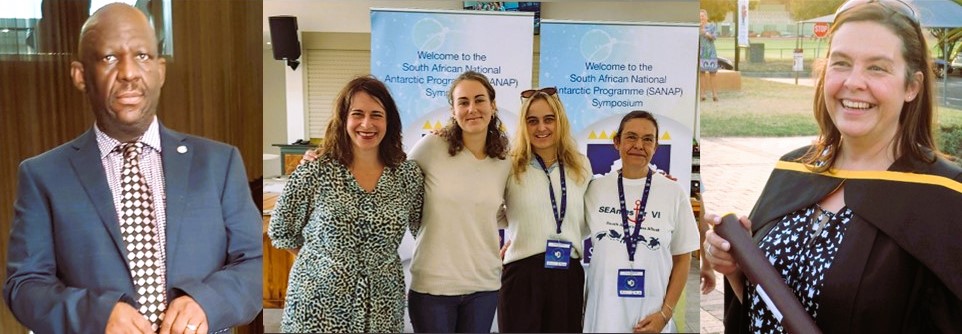 Certificates signed by Dr Gilbert Siko of the Department of Science and innovation and Ms Tracy Klarenbeek form the National Research Foundation were handed to the recipients. There were a few Honours students that participate in the symposium and there presentations were of high standard and although they do not qualify for the ECR awards we would like to mention Sarah du Preez and Amber Sneddon for their Presentations. (above (l-R): Dr Gilbert Siko, Honour students with Annie Bekker and Tracy Klarenbeek, Tracy Klarenbeek)
Certificates signed by Dr Gilbert Siko of the Department of Science and innovation and Ms Tracy Klarenbeek form the National Research Foundation were handed to the recipients. There were a few Honours students that participate in the symposium and there presentations were of high standard and although they do not qualify for the ECR awards we would like to mention Sarah du Preez and Amber Sneddon for their Presentations. (above (l-R): Dr Gilbert Siko, Honour students with Annie Bekker and Tracy Klarenbeek, Tracy Klarenbeek)
Images of ceremony credit: Anche Louw (SA Polar Research Infrastructure and Antarctic Legacy of SA)
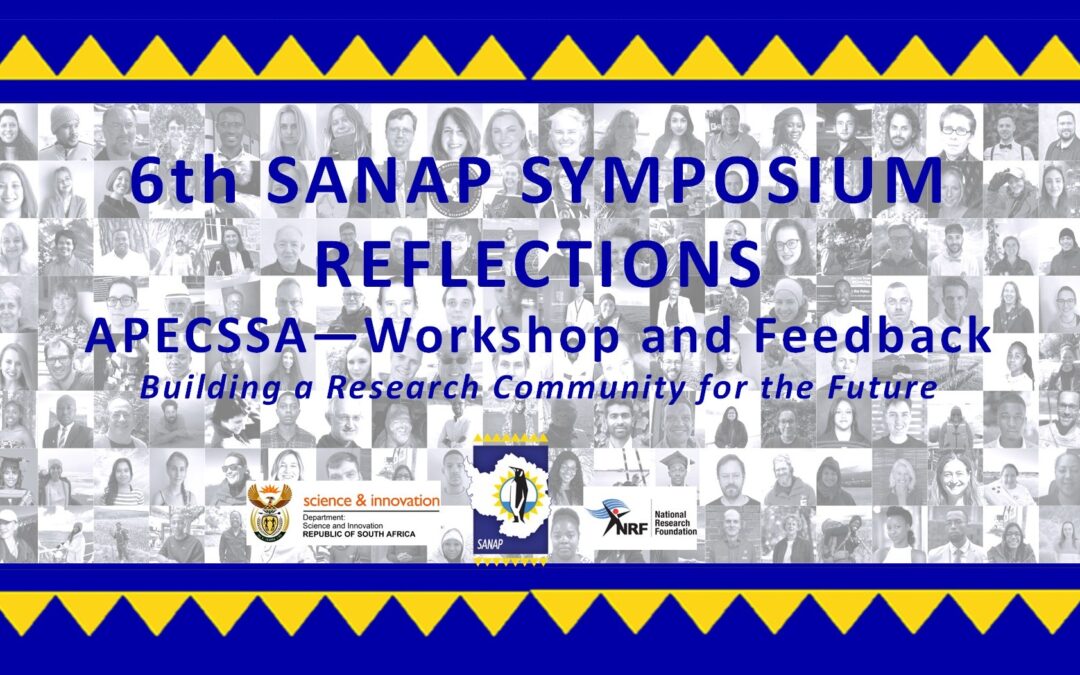
by Ria Olivier | Mar 4, 2024 | APECSSA, Fellowship, Research, SANAP, SANAP Student
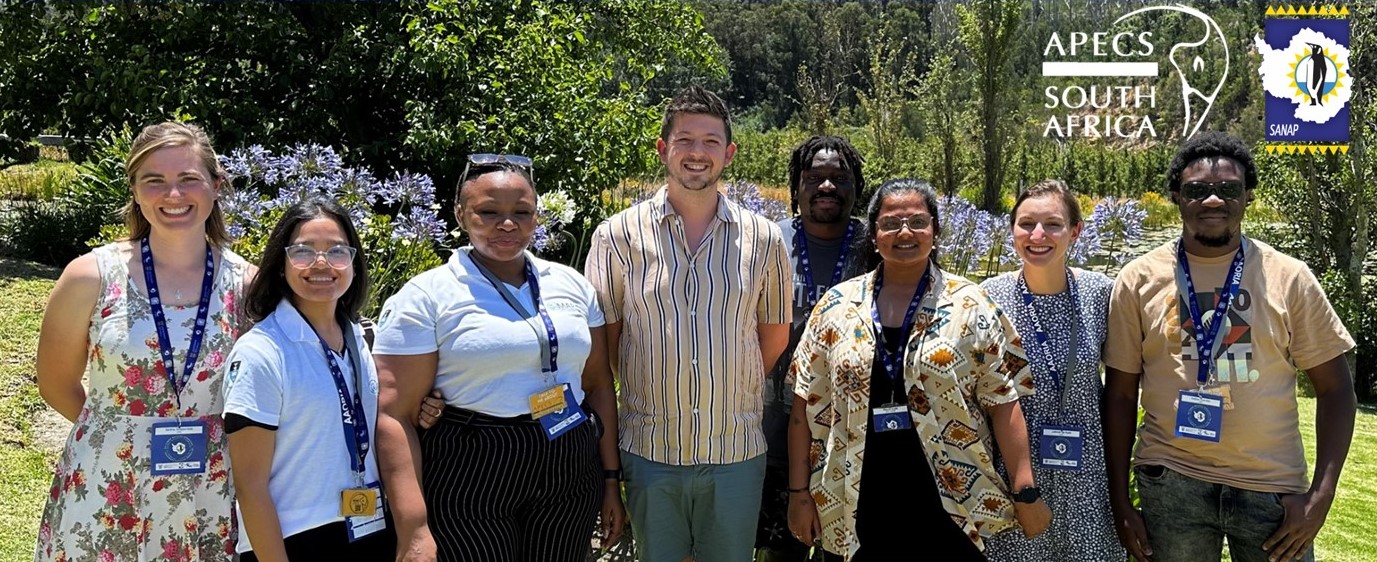 For the first time ever at a SANAP Symposium an Early Career Event was organised by APECS-South Africa. The event was an opportunity to encourage ECRs to become members and to socialise with current members, in fact it was the first time that the current committee had all managed to meet in person and not over zoom. (Above group photo of APECSSA committee members 2024 that were able to attend the Symposium)
For the first time ever at a SANAP Symposium an Early Career Event was organised by APECS-South Africa. The event was an opportunity to encourage ECRs to become members and to socialise with current members, in fact it was the first time that the current committee had all managed to meet in person and not over zoom. (Above group photo of APECSSA committee members 2024 that were able to attend the Symposium)
 APECS-South Africa also wanted to use this time to engage in a community survey with ECRs to discuss important topics around career development and community inclusion. This survey was being conducted anonymously in real time and so provided a safe space for ECRs to raise any concerns they felt within the SANAP community. Most importantly, APECS-South Africa was able to then relay the results of this survey to the PIs and senior leadership of the SANAP community. (Above words used by ECRs to describe their journey, skills they need and what is missing in the organisation)
APECS-South Africa also wanted to use this time to engage in a community survey with ECRs to discuss important topics around career development and community inclusion. This survey was being conducted anonymously in real time and so provided a safe space for ECRs to raise any concerns they felt within the SANAP community. Most importantly, APECS-South Africa was able to then relay the results of this survey to the PIs and senior leadership of the SANAP community. (Above words used by ECRs to describe their journey, skills they need and what is missing in the organisation)

 APECS-South Africa plans to continue running this survey going forward at future SANAP Symposiums so that ECRs feel like their voice is being heard and help the SANAP Community become better and more inclusive for everyone. During the workshop ECRs were able to respond to many questions (above ex). If you as an ECR has not yet responded click on the QR Code.
APECS-South Africa plans to continue running this survey going forward at future SANAP Symposiums so that ECRs feel like their voice is being heard and help the SANAP Community become better and more inclusive for everyone. During the workshop ECRs were able to respond to many questions (above ex). If you as an ECR has not yet responded click on the QR Code.
Meet APECSSA 2024 Committee
Full feedback presentation available
(Text, Slides and Group Photo by Tommy Ryan-Keogh.)
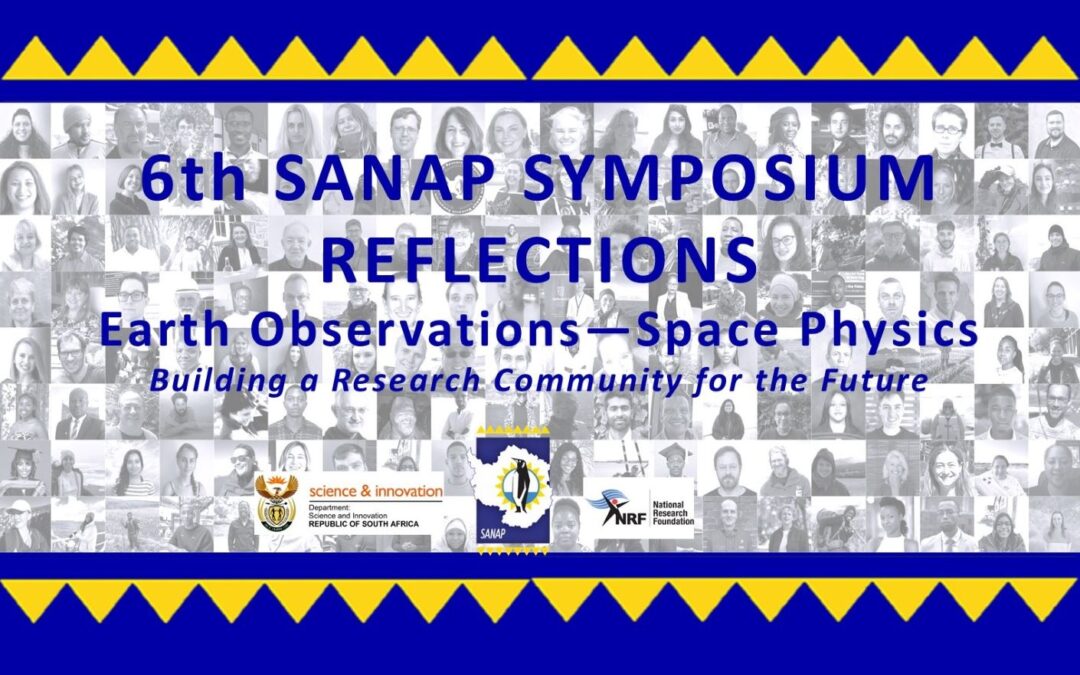
by Ria Olivier | Mar 1, 2024 | Antarctica, Engineering, Research, SANAP, SANAP Student
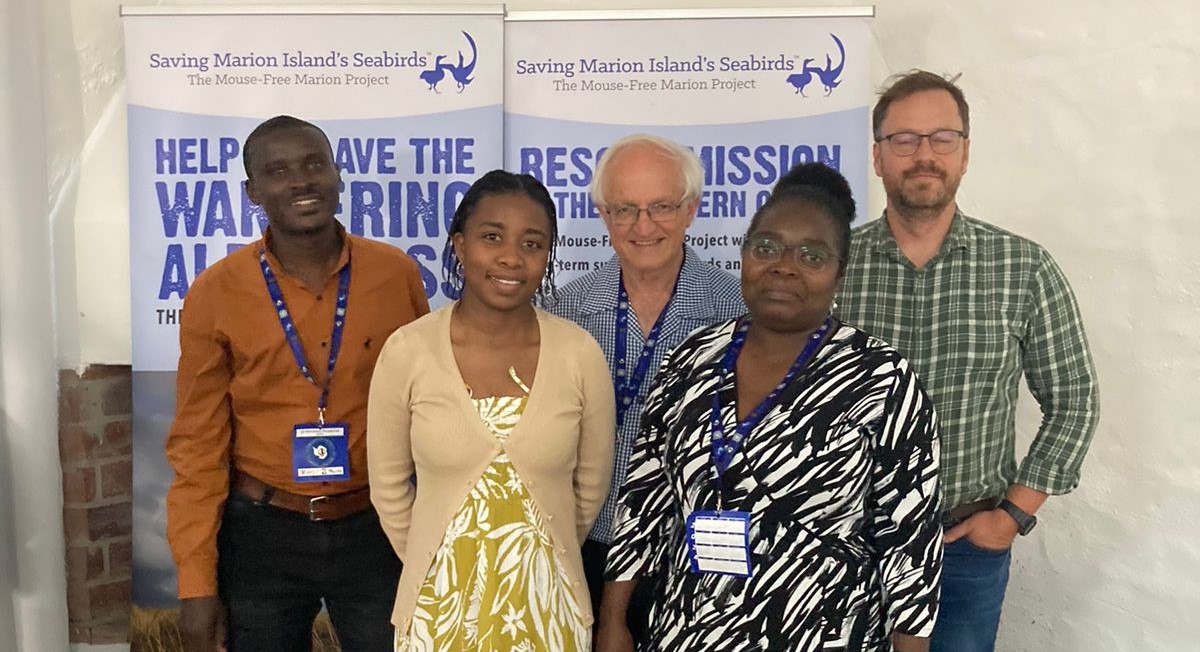
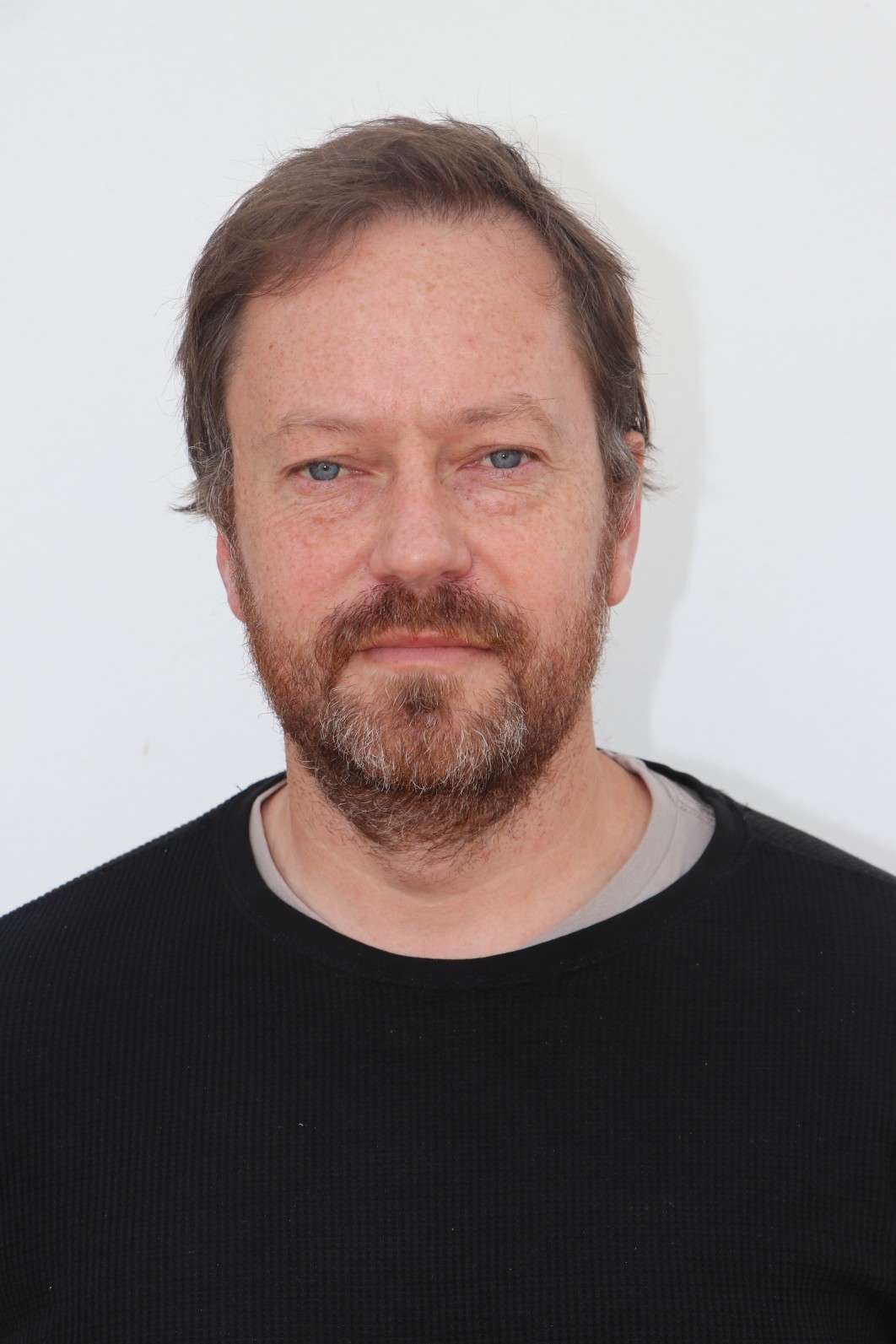
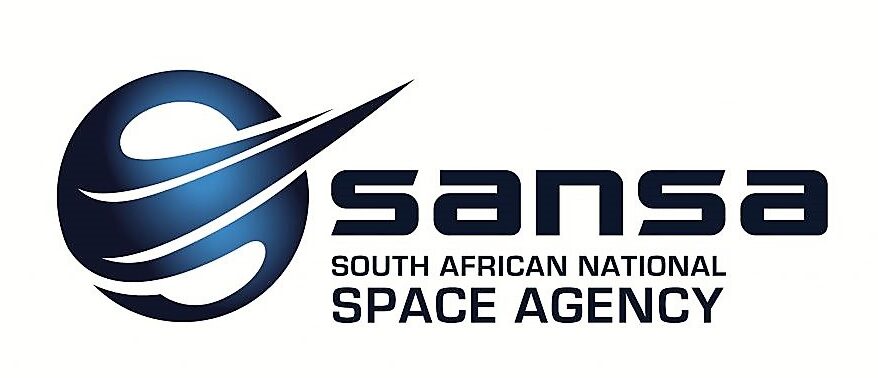 The last session on research themes were earth observations within the Marine and Antarctic Research Strategy research themes. The session on Space Physics was chaired by Dr Stefan Lotz. Dr Michael Kosch was not available in person but joined online with his presentation. (Above: group photo of presenters). All the presenters are from the South African National Space Agency (SANSA) based in Hermanus.
The last session on research themes were earth observations within the Marine and Antarctic Research Strategy research themes. The session on Space Physics was chaired by Dr Stefan Lotz. Dr Michael Kosch was not available in person but joined online with his presentation. (Above: group photo of presenters). All the presenters are from the South African National Space Agency (SANSA) based in Hermanus.
 Above(l-r): Michael Kosch, Tshimangadzo M. Matamba, Nkosinathi Masango, Pierre Cilliers, Alicreance Hiyadutuje
Above(l-r): Michael Kosch, Tshimangadzo M. Matamba, Nkosinathi Masango, Pierre Cilliers, Alicreance Hiyadutuje
- Dr Michael Kosch: How blue skies auroral research created and saved billions. (abstract)
- Tshimangadzo M. Matamba: Monitoring the Impact of Space Weather using South African Near-Real Time Space Weather GNSS Products. (abstract)
- Nkosinathi Masango: Analysis of ionospheric storm effects based on GPS and ionosonde data during geomagnetic storms. (abstract)
- Dr Pierre Cilliers: The long-term variation of the geomagnetic field in Antarctica as measured in Hermanus, Maitri and at SANAE-IV since 2007. (abstract)
- Alicreance Hiyadutuje: Sporadic E layer altitude modulated by the Traveling Ionospheric Disturbances at high latitudes. (abstract)
- Dr Stefan Lotz: Observation of powerful gamma ray burst GRB221009A from Marion Island. (abstract)
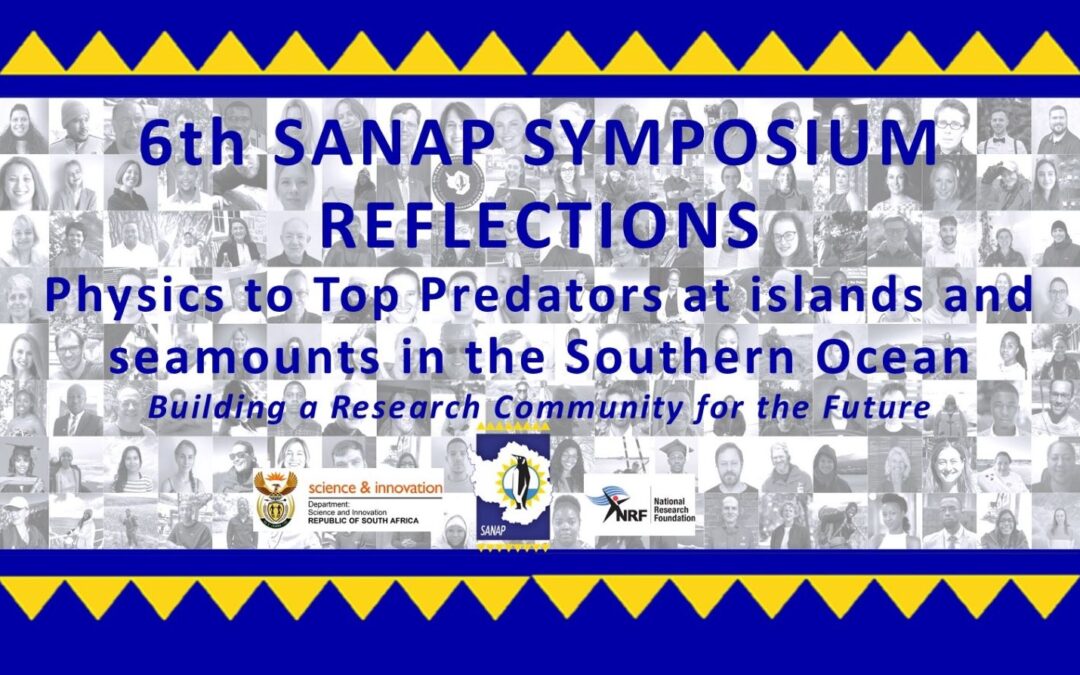
by Ria Olivier | Mar 1, 2024 | Uncategorised
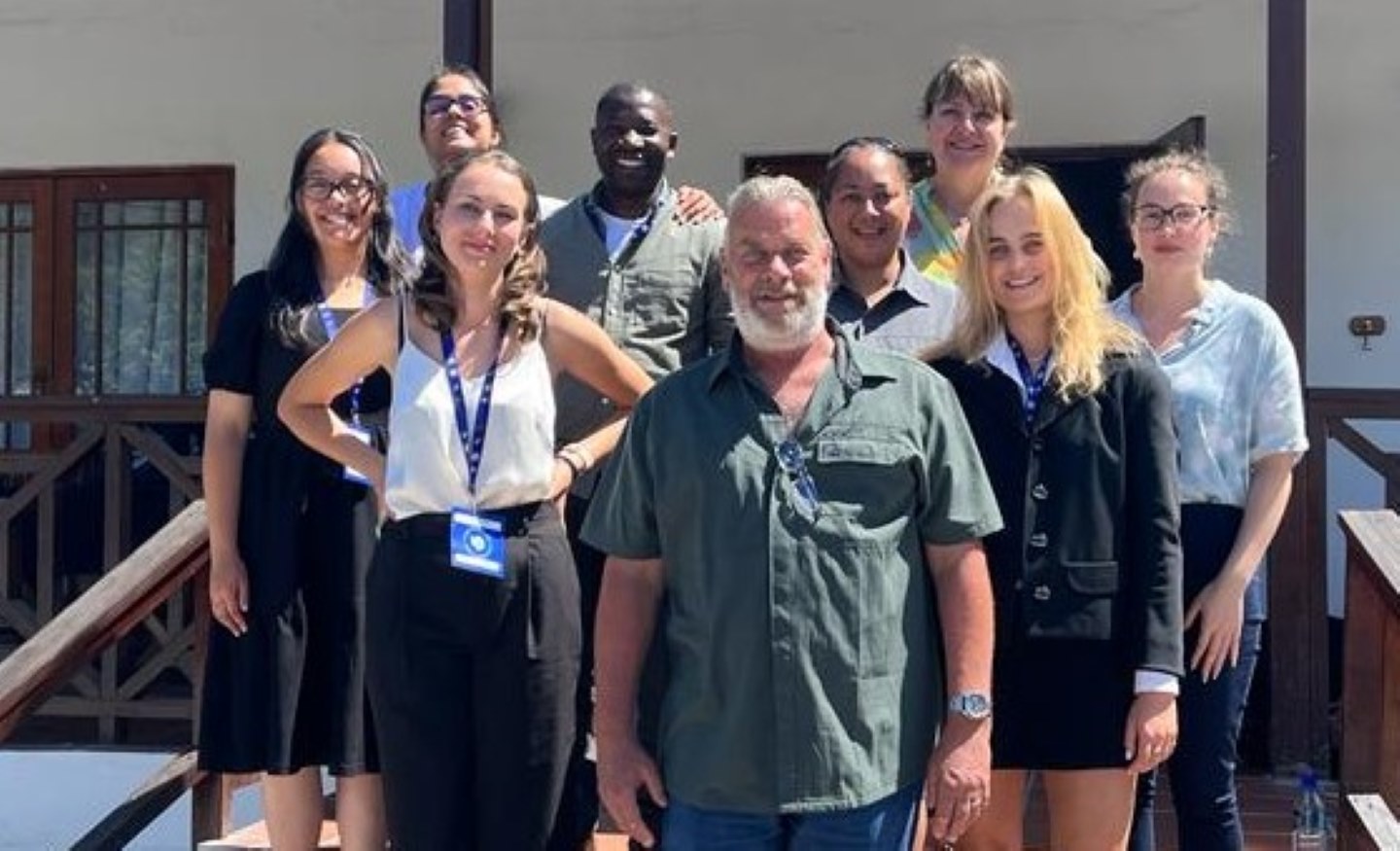
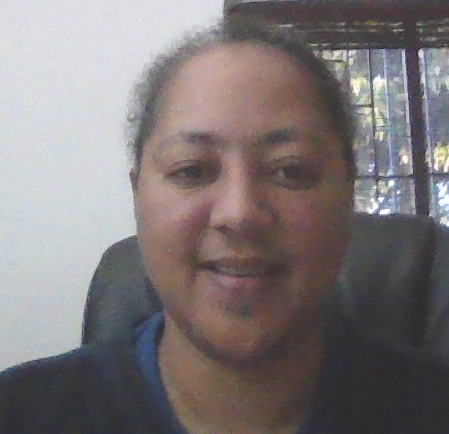 The last session on oceans and marine ecosystems under global change within the Marine and Antarctic Research Strategy research themes was chaired by Tarron Lamont. The session focussed on Physics to Top Predators at islands and seamounts in the Southern Ocean. (Above
The last session on oceans and marine ecosystems under global change within the Marine and Antarctic Research Strategy research themes was chaired by Tarron Lamont. The session focussed on Physics to Top Predators at islands and seamounts in the Southern Ocean. (Above
 Above: Marcel van den Berg, Issufo Halo, Jenny Huggett, Fannie Shabangu
Above: Marcel van den Berg, Issufo Halo, Jenny Huggett, Fannie Shabangu
- T Lamont: Mesoscale eddies influencing the sub-Antarctic Prince Edward Islands: Origin, pathways, and characteristics. (Abstract)
- MA van den Berg: Influence of eddies and fronts on the shelf seas of the sub-Antarctic Prince Edward Islands. (Abstract)
- T Toolsee: The interannual/decadal scale and long-term trends of surface hydrography around the sub-Antarctic Prince Edward Islands. (Abstract)
- I Halo: Surface and subsurface hydrographic variability at the Prince Edward Islands: Perspectives from the high-resolution GLORYS model. (Abstract)
- SA du Preez: Zooplankton variability around the sub-Antarctic Prince Edward Islands and the influence of the environment. (Abstract)
- R Daniels: Killer whale acoustic patterns respond to prey abundance and environmental variability around the Prince Edward Islands, Southern Ocean. (Abstract)
- I Schafer: Acoustic occurrence and behaviour of Baleen Whales during winter around Prince Edward Islands. (Abstract)
- A Sneddon: Marine Heatwave characteristics in the South Atlantic and South Indian Oceans. (Abstract)
- JA Huggett: Towards eco-regionalisation of the eastern subantarctic pelagic zone – mapping zooplankton communities at the Prince Edward Islands. (Abstract)
- FW Shabangu: Rhyming in the cold: Fish calls between two sub-Antarctic Islands, Southern Ocean. (Abstract)
- FW Shabangu: Life near the sea ice edge: Listening for whales off the Maud Rise, Antarctica. (Abstract)
 Above (l-r): Sarah du Preez, Robyn Daniels, Ivana Schafer, Amber Sneddon
Above (l-r): Sarah du Preez, Robyn Daniels, Ivana Schafer, Amber Sneddon

 During the 6th SANAP symposium, time was allocated for the presentation of governance issues, and this was done on the first day during the opening ceremony. Dr Gilbert Siko , the Director of Marine & Polar Research at the Department of Science and Innovation gave the first presentation. His role within the Research Development and Support Programme it is to promote the development of research, the production of scientific knowledge, and human capital development in science areas in which South Africa enjoys a geographic advantage, that includes Antarctic and marine research. Dr Siko highlighted the strategic importance of the research conducted through the South African National Antarctic Programme.
During the 6th SANAP symposium, time was allocated for the presentation of governance issues, and this was done on the first day during the opening ceremony. Dr Gilbert Siko , the Director of Marine & Polar Research at the Department of Science and Innovation gave the first presentation. His role within the Research Development and Support Programme it is to promote the development of research, the production of scientific knowledge, and human capital development in science areas in which South Africa enjoys a geographic advantage, that includes Antarctic and marine research. Dr Siko highlighted the strategic importance of the research conducted through the South African National Antarctic Programme. Dr Siko was followed by Tracy Klarenbeek, Director of Knowledge Advancement and Support of the National Research Foundation (NRF). She highlighted that create innovative funding instruments such as SANAP serve to transform the scientific landscape and inspire a representative research community to aspire to global competitiveness. She shared the outcomes of the 2023 SANAP Call for Proposals for funding cycle 2024 – 2026 with the community. She also mentioned that mentorship initiatives for unsuccessful applicants would be implemented via SAPRI.(right)
Dr Siko was followed by Tracy Klarenbeek, Director of Knowledge Advancement and Support of the National Research Foundation (NRF). She highlighted that create innovative funding instruments such as SANAP serve to transform the scientific landscape and inspire a representative research community to aspire to global competitiveness. She shared the outcomes of the 2023 SANAP Call for Proposals for funding cycle 2024 – 2026 with the community. She also mentioned that mentorship initiatives for unsuccessful applicants would be implemented via SAPRI.(right)
 Prof Bettine van Vuuren (right), Chair of the South African National Committee for SCAR gave feedback on the committee meeting. She also highlighted the function and activities of SCAR and the importance to be informed of these activities, and to be aware of scholarship opportunities. She encouraged early career researchers to become involved in SCAR committees and action scholarships.
Prof Bettine van Vuuren (right), Chair of the South African National Committee for SCAR gave feedback on the committee meeting. She also highlighted the function and activities of SCAR and the importance to be informed of these activities, and to be aware of scholarship opportunities. She encouraged early career researchers to become involved in SCAR committees and action scholarships.  A printed Map of Antarctica was signed by everyone on International Antarctica Day 1st December 2023 at Houw Hoek Hotel!
A printed Map of Antarctica was signed by everyone on International Antarctica Day 1st December 2023 at Houw Hoek Hotel!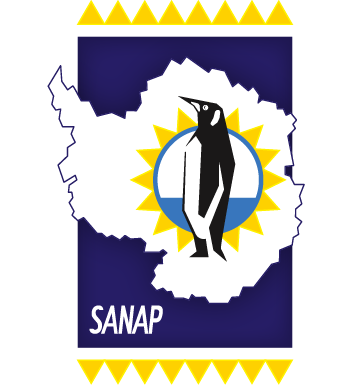

 The Early Career Event at the SANAP symposium was a first for Early Career Researchers(ECR), but also for the first time during a SANAP symposium recognition was given for oral and poster presentations done by ECR’s. (above9l-r): Awardees – Joshua Tsamba, Saffiyah Moos, Ben Steyn, Stephni van der Merwe, Lillina Ruiters, Morgan Raath-Kruger)
The Early Career Event at the SANAP symposium was a first for Early Career Researchers(ECR), but also for the first time during a SANAP symposium recognition was given for oral and poster presentations done by ECR’s. (above9l-r): Awardees – Joshua Tsamba, Saffiyah Moos, Ben Steyn, Stephni van der Merwe, Lillina Ruiters, Morgan Raath-Kruger) (l-r): Joshua Tsamba, Saffiyah Moos, Ben Steyn receiving their certificates
(l-r): Joshua Tsamba, Saffiyah Moos, Ben Steyn receiving their certificates (l-r) Certificates handed to Stephni van der Merwe, Lillina Ruiters, Morgan Raath Kruger( had to leave before ceremony)
(l-r) Certificates handed to Stephni van der Merwe, Lillina Ruiters, Morgan Raath Kruger( had to leave before ceremony) Awards for oral and poster presentations were given to early-career scientists. These awards were to give recognition to Early career researchers and the effort they did in preparing and presenting their research. Principal Investigators made themselves available to mark presentations of ECR’s via a marksheet and we appreciate their time and comments. We congratulate the awardees and their Principal investigators and hope this recognition will motivate them in their career development. (above: Michelle Greve, Sandy Thomalla, Annie Bekker, Tokoloho Rampai, Peter le Roux)
Awards for oral and poster presentations were given to early-career scientists. These awards were to give recognition to Early career researchers and the effort they did in preparing and presenting their research. Principal Investigators made themselves available to mark presentations of ECR’s via a marksheet and we appreciate their time and comments. We congratulate the awardees and their Principal investigators and hope this recognition will motivate them in their career development. (above: Michelle Greve, Sandy Thomalla, Annie Bekker, Tokoloho Rampai, Peter le Roux) Certificates signed by Dr Gilbert Siko of the Department of Science and innovation and Ms Tracy Klarenbeek form the National Research Foundation were handed to the recipients. There were a few Honours students that participate in the symposium and there presentations were of high standard and although they do not qualify for the ECR awards we would like to mention Sarah du Preez and Amber Sneddon for their Presentations. (above (l-R): Dr Gilbert Siko, Honour students with Annie Bekker and Tracy Klarenbeek, Tracy Klarenbeek)
Certificates signed by Dr Gilbert Siko of the Department of Science and innovation and Ms Tracy Klarenbeek form the National Research Foundation were handed to the recipients. There were a few Honours students that participate in the symposium and there presentations were of high standard and although they do not qualify for the ECR awards we would like to mention Sarah du Preez and Amber Sneddon for their Presentations. (above (l-R): Dr Gilbert Siko, Honour students with Annie Bekker and Tracy Klarenbeek, Tracy Klarenbeek)
 For the first time ever at a SANAP Symposium an Early Career Event was organised by APECS-South Africa. The event was an opportunity to encourage ECRs to become members and to socialise with current members, in fact it was the first time that the current committee had all managed to meet in person and not over zoom. (Above group photo of APECSSA committee members 2024 that were able to attend the Symposium)
For the first time ever at a SANAP Symposium an Early Career Event was organised by APECS-South Africa. The event was an opportunity to encourage ECRs to become members and to socialise with current members, in fact it was the first time that the current committee had all managed to meet in person and not over zoom. (Above group photo of APECSSA committee members 2024 that were able to attend the Symposium) APECS-South Africa also wanted to use this time to engage in a community survey with ECRs to discuss important topics around career development and community inclusion. This survey was being conducted anonymously in real time and so provided a safe space for ECRs to raise any concerns they felt within the SANAP community. Most importantly, APECS-South Africa was able to then relay the results of this survey to the PIs and senior leadership of the SANAP community. (Above words used by ECRs to describe their journey, skills they need and what is missing in the organisation)
APECS-South Africa also wanted to use this time to engage in a community survey with ECRs to discuss important topics around career development and community inclusion. This survey was being conducted anonymously in real time and so provided a safe space for ECRs to raise any concerns they felt within the SANAP community. Most importantly, APECS-South Africa was able to then relay the results of this survey to the PIs and senior leadership of the SANAP community. (Above words used by ECRs to describe their journey, skills they need and what is missing in the organisation)
 APECS-South Africa plans to continue running this survey going forward at future SANAP Symposiums so that ECRs feel like their voice is being heard and help the SANAP Community become better and more inclusive for everyone. During the workshop ECRs were able to respond to many questions (above ex). If you as an ECR has not yet responded click on the QR Code.
APECS-South Africa plans to continue running this survey going forward at future SANAP Symposiums so that ECRs feel like their voice is being heard and help the SANAP Community become better and more inclusive for everyone. During the workshop ECRs were able to respond to many questions (above ex). If you as an ECR has not yet responded click on the QR Code.


 The last session on research themes were earth observations within the
The last session on research themes were earth observations within the  Above(l-r): Michael Kosch, Tshimangadzo M. Matamba, Nkosinathi Masango, Pierre Cilliers, Alicreance Hiyadutuje
Above(l-r): Michael Kosch, Tshimangadzo M. Matamba, Nkosinathi Masango, Pierre Cilliers, Alicreance Hiyadutuje

 The last session on oceans and marine ecosystems under global change within the
The last session on oceans and marine ecosystems under global change within the  Above: Marcel van den Berg, Issufo Halo, Jenny Huggett, Fannie Shabangu
Above: Marcel van den Berg, Issufo Halo, Jenny Huggett, Fannie Shabangu Above (l-r): Sarah du Preez, Robyn Daniels, Ivana Schafer, Amber Sneddon
Above (l-r): Sarah du Preez, Robyn Daniels, Ivana Schafer, Amber Sneddon
